On a Sunday morning last September, Fife fitness trainer Jamie McDonough was jogging home when he started to feel unwell.
The 39-year-old, who lives in Kelty, had just finished competing in a Hyrox competition in Lochgelly.
He had stopped running briefly to chat to a friend.
But when he started again, Jamie noticed he had difficulty catching his breath.
“I found I was struggling to breathe,” he says.
“It got to the point where I couldn’t walk.
“I had a constant pain from my left shoulder which was radiating across my chest.
“To be honest I thought I had just pulled a muscle from doing one of the exercises at the Hyrox.
“I ended up having to phone my wife Lisa to come and pick me up.”
That evening, after having a rest at home, Jamie noticed from looking at his smartwatch that his heart rate was all over the place.
One minute it was jumping up from 60 to 100 and the next it was dropping down to 70.
Tests showed Jamie had a heart attack
He decided to go to hospital to get checked out.
And it was fortunate he did.
After tests were carried out, doctors discovered he had suffered a heart attack.
The results also revealed that Jamie had a very rare genetic condition – a quadricuspid aortic valve.
It is a rare congenital heart defect where the aortic valve has four cusps instead of the normal three.
The heart condition is estimated to occur in less than 0.05% of the population.
Now, as he continues his recovery, the Fife fitness trainer reflects on how his heart attack has changed his outlook on life.
What happened when Jamie went to hospital?
Five hours after he started feeling unwell, Jamie decided to go to Victoria Hospital in Kirkcaldy to get checked out.
This was after he noticed his heart-rate was erratic.
He says: “As soon as I told the medics at the hospital I had taken part in the Hyrox event and how I was feeling, I was taken within two minutes.
“I had an ECG (electrocardiogram – a test which records the electrical activity of your heart) and had my bloods taken.
“A nurse was walking towards me when my blood test results came back and her face was white like a ghost.
“I knew then that something wasn’t right.”
The nurse explained to Jamie that the level of troponin proteins in his blood should be between three and 14 at a maximum.
She said his had shot up to 206 and that he would need to be admitted.
Troponin proteins are released when the heart muscle has been damaged, for example as the result of a heart attack.
“The nurse said it was a cardiac issue.
“But that they couldn’t pinpoint exactly what it was until I had had more tests.”
When did Jamie learn he had a heart attack?
Jamie was kept in hospital for five days while various tests were carried out including a CT scan and an MRI.
He was also put on various medications including blood thinners and Beta blockers.
When he was told the test results, Jamie learned what had happened.
“A cardiologist told me that I had had a heart attack,” he explains.
“She said it likely happened when I started experiencing breathlessness on my way home.
“She said the heart attack was caused by a ruptured piece of plaque which had broken off the arteries and formed a clot.
“I was given five types of medication to take – some of which I will be on for life.”
Discovering a rare genetic condition
Another test Jamie had done was a CT coronary angiogram (CCTA).
The coronary angiogram is a non-invasive scan which can help diagnose heart conditions.
These include coronary heart disease, plaque build up, and heart attack risk.
As well as the results confirming Jamie had a heart attack, they also revealed he had a rare genetic heart condition.
“The cardiologist told me the angiogram had shown that I have an extra fourth valve in my heart,” he explains.
“It’s called a quadricuspid aortic valve.
“I was told 0.02 per cent of the population have this.
“The cardiologist said having this fourth valve didn’t have anything to do with my heart attack.
“But she said it was extremely rare and that she had only ever seen one before in all her years of practicing.
“Now they are aware I have this, I will get yearly checks because it could become an issue if it changes shape.
“This could affect the blood flow and may cause another heart attack or worse.”
Jamie was told it can be a genetic condition so he was asked if his dad, uncles or grandparents had it.
But as far as he knew, none of them have ever had a scan, so they would have been unaware.
Jamie’s heart attack likely to be genetic
Jamie was also told by medics that his heart attack was likely to have been genetic.
“My dad hasn’t had any heart attacks,” he says.
“But both my grandparents have.
“And they had a lot of them when they were in their 40s.
“My grandad had five or six heart attacks and ended up having a triple bypass.
“While my gran had three or four heart attacks.
“As a result, the doctors thought my heart attack was down to genetics.”
Cardiac rehabilitation classes
As part of Jamie’s recovery he took part in an eight-week cardiac rehabilitation programme – as well as doing his own training.
He attended a weekly rehabilitation class at Carnegie Leisure Centre in Dunfermline.
The class includes cardio training and weight training and is overseen by a qualified instructor and cardiac nurse.
Ironically some of the things covered in the class is what Jamie teaches as an exercise referral instructor.
As well as running mainstream fitness classes, Jamie also teaches Active Options classes which are delivered by Fife Sports and Leisure Trust.
The sessions offer adapted exercises to support people with long-term health conditions including cardiovascular issues.
Jamie says the experience has changed the way he now teaches people who have had cardiac issues.
“I am now getting them to check their heart-rate on their watches, getting more feedback on their recovery and their sleep.
“I also try to find out more about their overall health, offering support, instead of just focussing on what they do in the class for an hour a week.”
Family support
Jamie is very thankful for the support of his wife Lisa, 35 throughout his recovery.
And he says the experience has made him appreciate how important family time is with her and their two boys Max, 5, and Myles, 9.
“What happened has definitely changed me,” he says.
“I have now cut down my working days so I can spend more time with my family. For six years I was working seven days a week.
“But now my focus is definitely less work, more health, time with family and just trying to enjoy life a bit more.”
He adds: “It has been a big wake up call.”
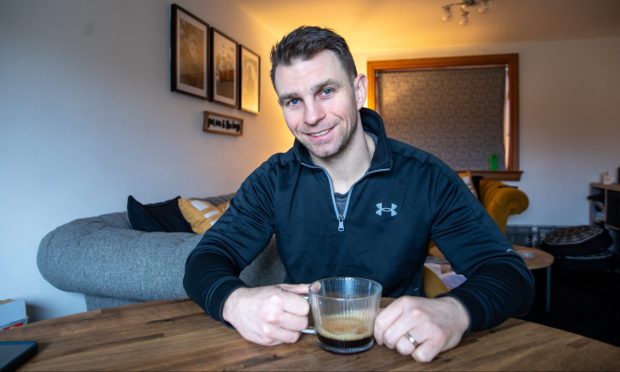

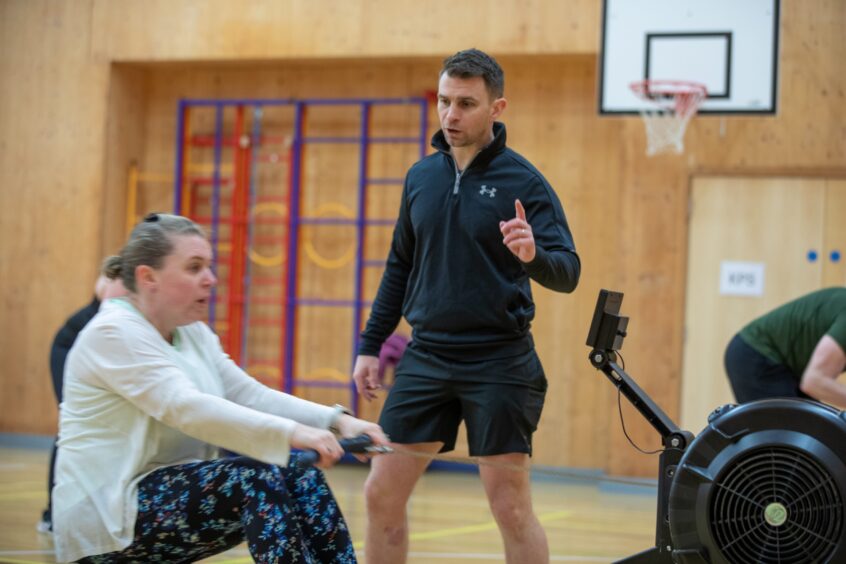
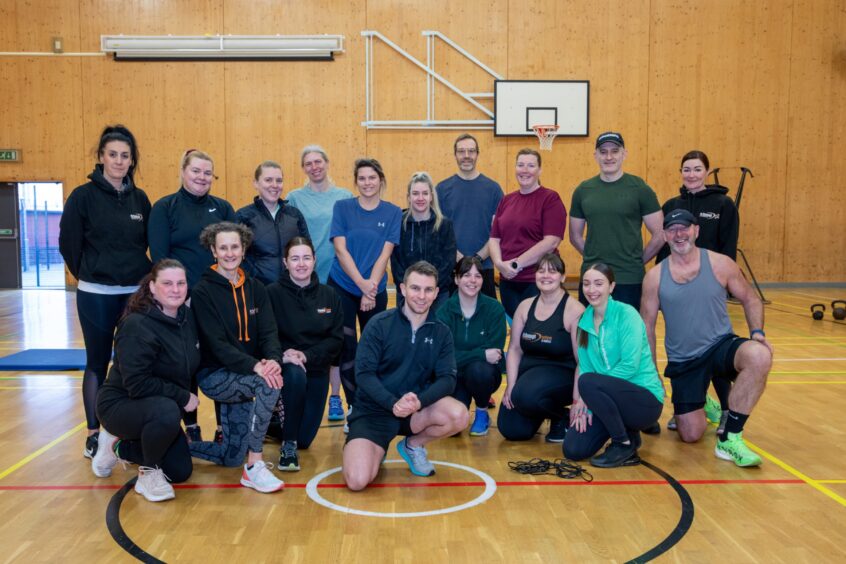

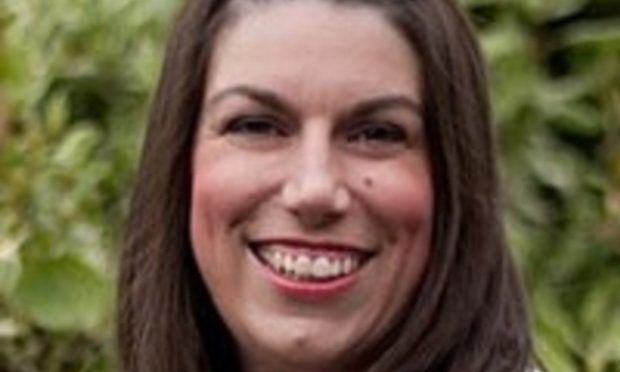
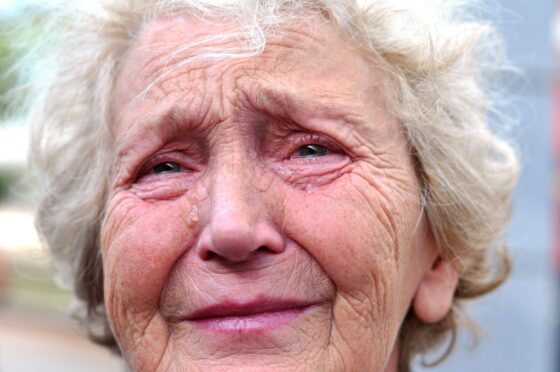

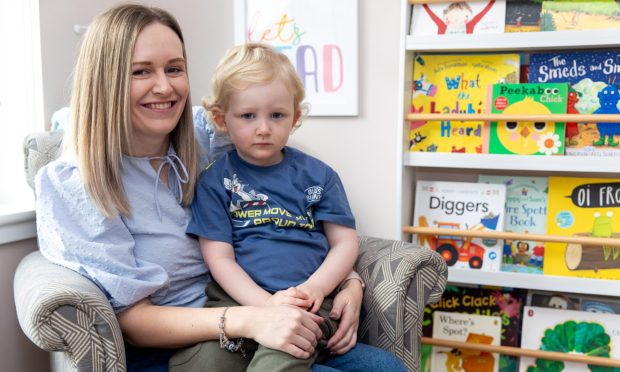
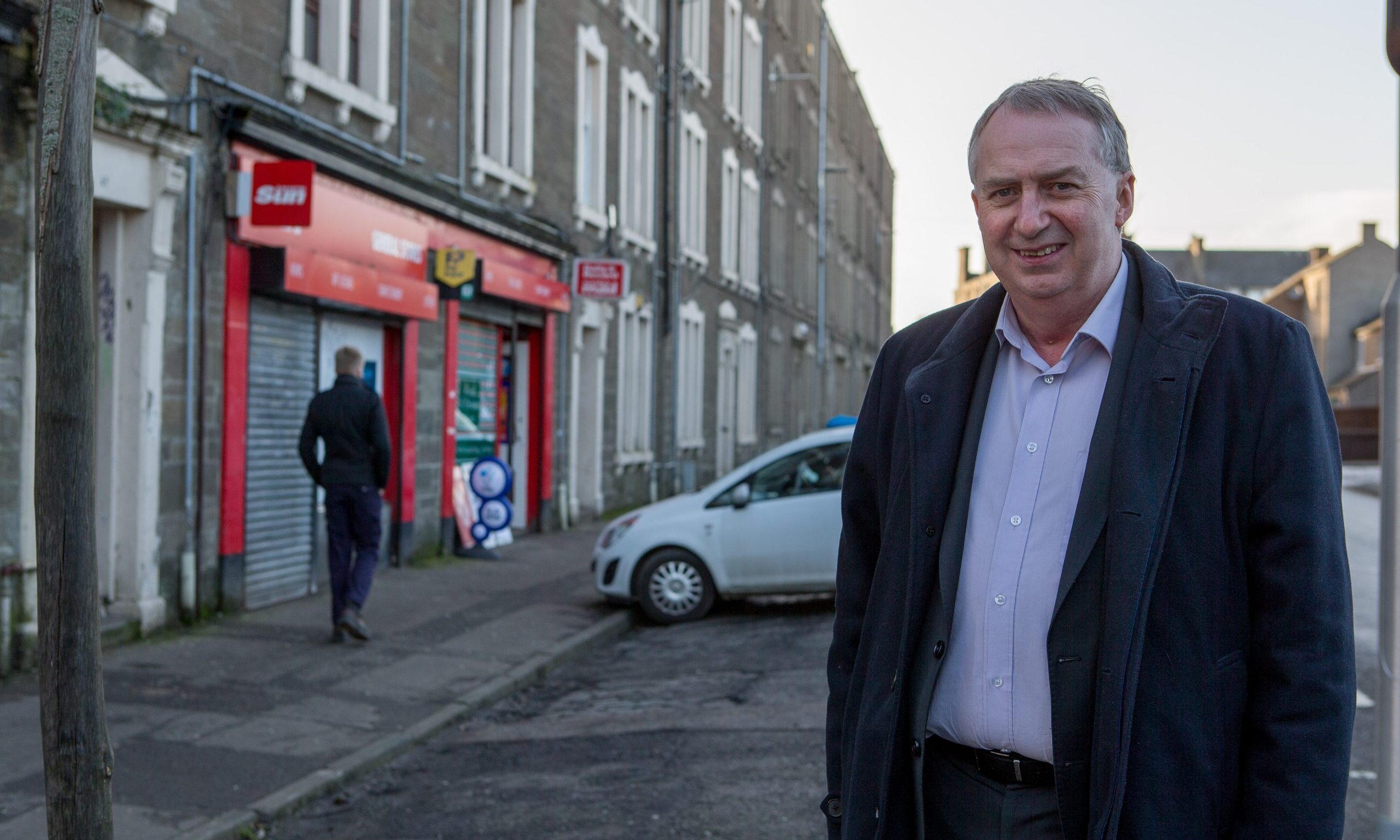
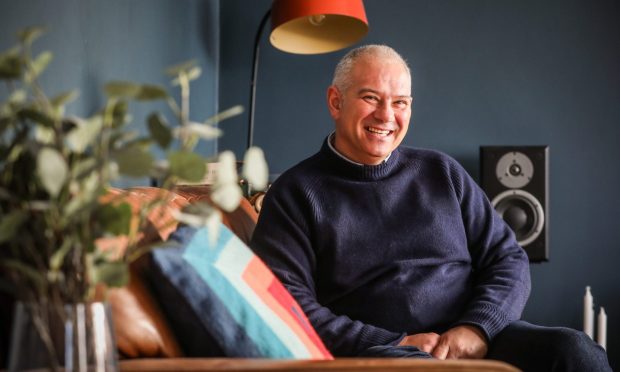
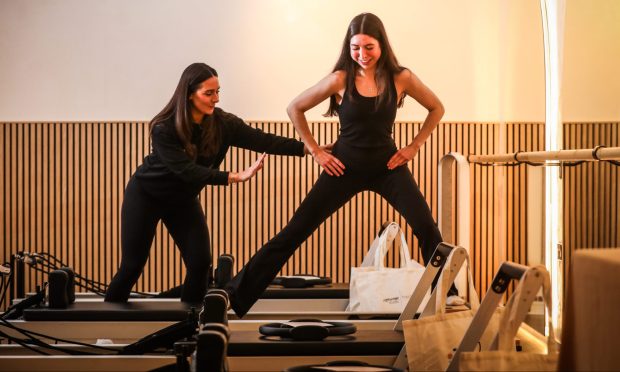
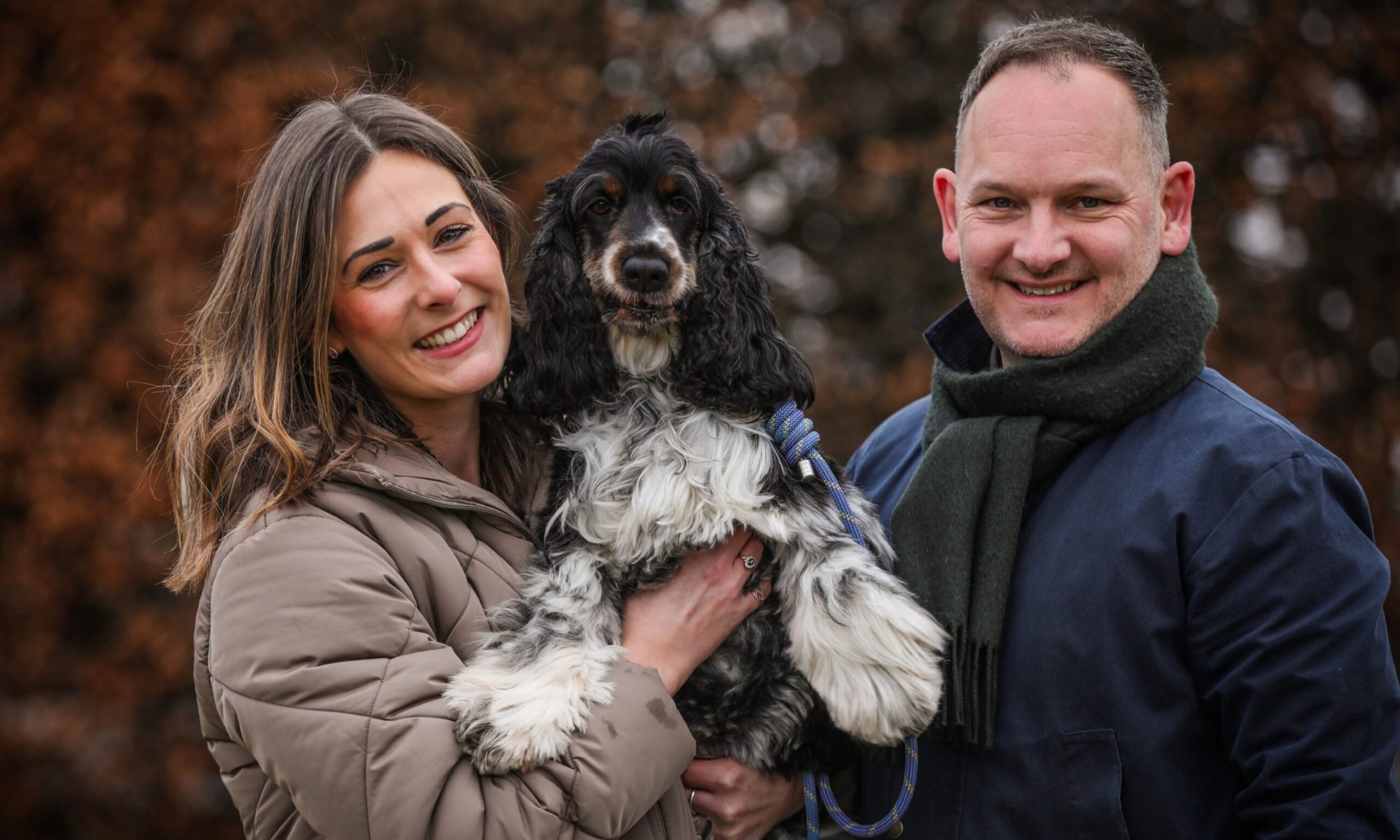

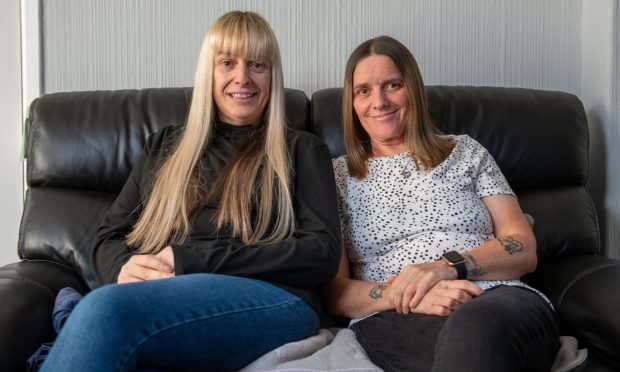
Conversation